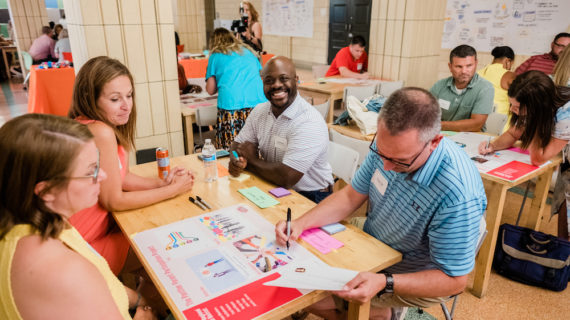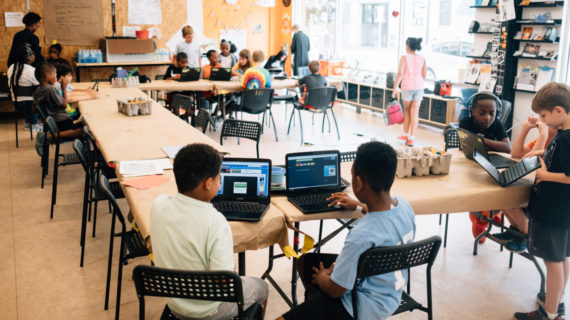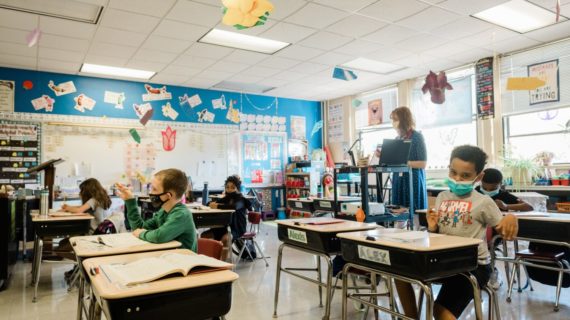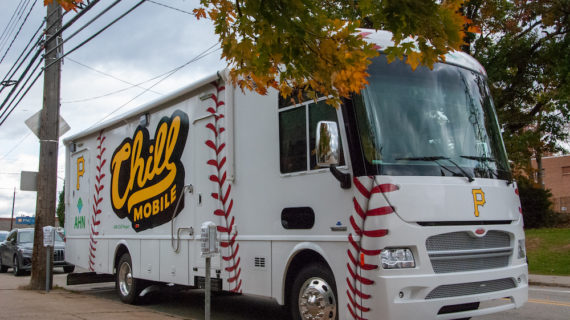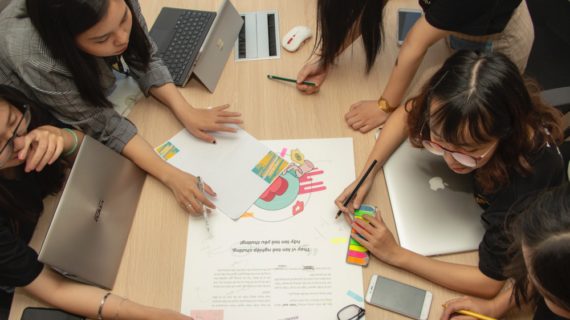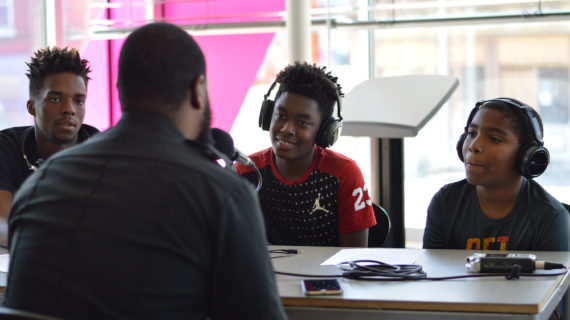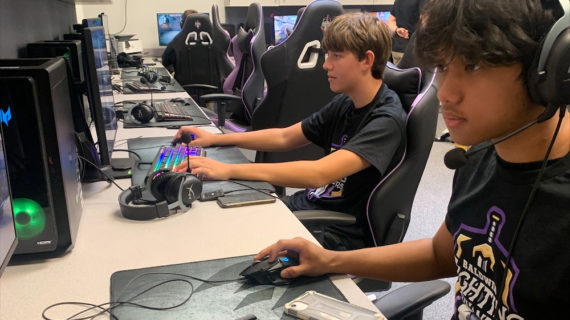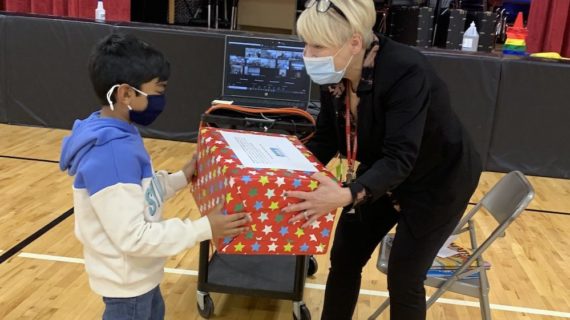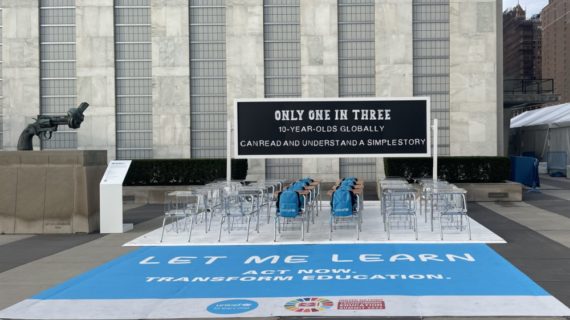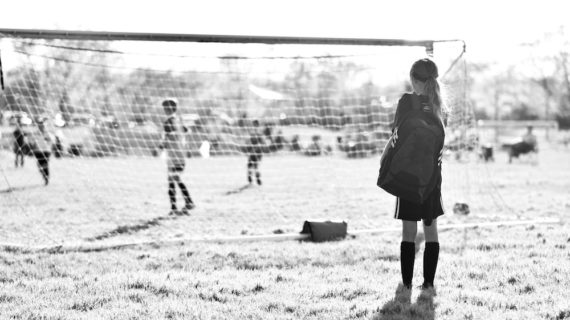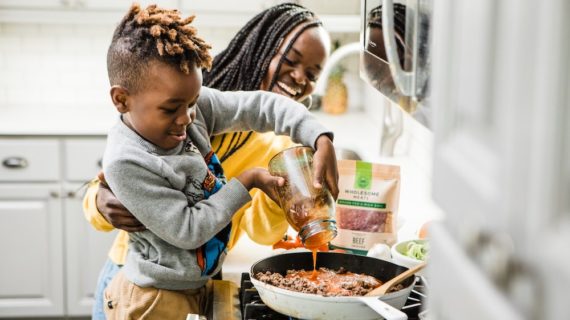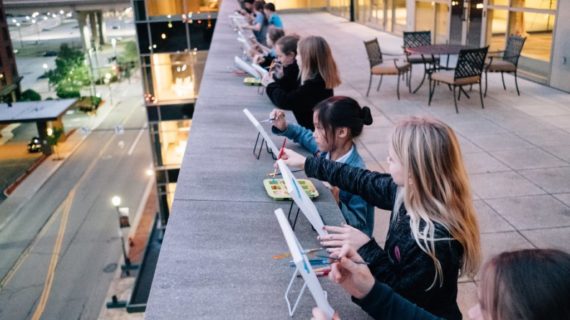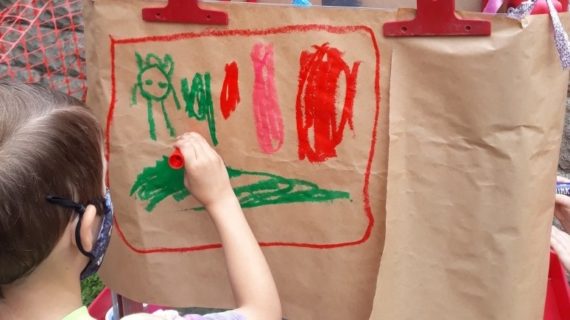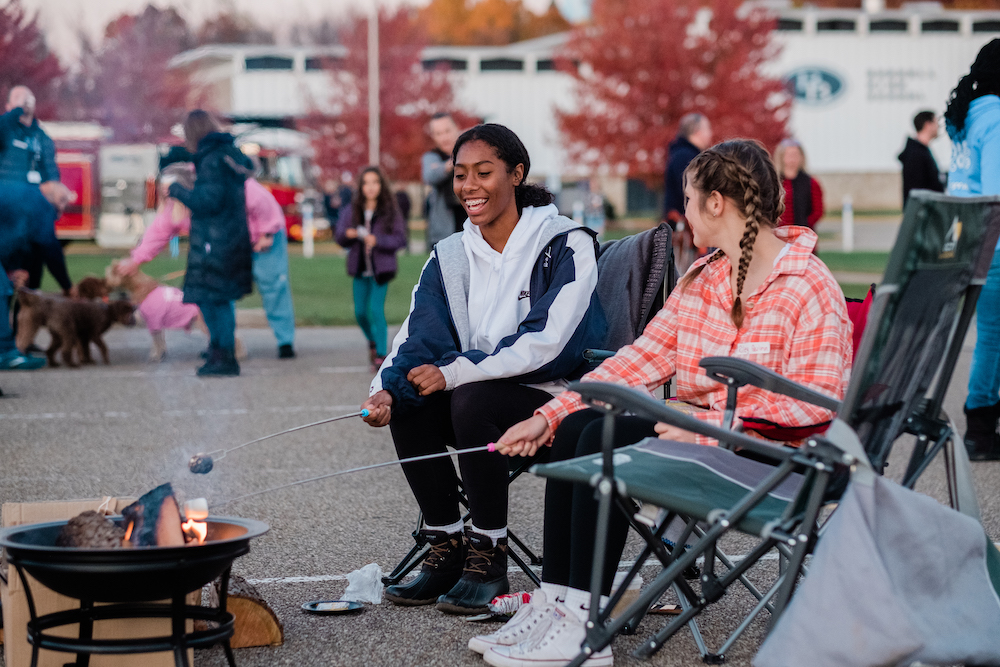
Relational trust: Could this be the answer to helping kids really learn at school?
Photo above of a “fireside chat” event at Burrell School District by Ben Filio for Parents as Allies.
Last week’s news about nationwide test scores wasn’t pretty, and it got attention. The New York Times issued a breaking news alert to its readers announcing that the National Assessment of Educational Progress – the NAEP, described as “the national report card” – showed that “U.S. students in most states and across almost all demographic groups have experienced troubling setbacks in both math and reading.”
If many Americans were surprised by this worrisome news, it’s likely one group was not: Teachers.
According to research unveiled prior to the start of this school year by Learning Heroes, more than 90% of parents surveyed by Learning Heroes said they believe their child is at grade level and 86% of parents said they feel confident that they have a clear understanding of how their child is doing academically. But only 58% of teachers said most of their students’ parents have a clear understanding of how their child is doing.
This disconnect isn’t new. Dr. Eyal Bergman, author of Learning Heroes’ report on Designing Family Engagement Strategies that Lead to School Success, says this communication gap has existed for many years.
Why are parents so misinformed about how their kids are doing? Part of the issue is where they get their information: “They’re basing their understanding on what they do get from the school,” Bergman says. “And what they get from the school is report card grades.”
Nearly 1,500 parents surveyed by Learning Heroes ranked report card grades as their top method of knowing how their child is progressing in school. But teachers ranked report card grades sixth in terms of importance in reflecting exactly how a child is doing. Instead, teachers look to their own in-class observations, their interactions with students, individual scores on quizzes and tests to really assess whether a child is learning.
Teachers are resoundingly clear, Bergman says: If you want to know whether your child is learning, talk to us.
And that’s the problem: Most often parents don’t.
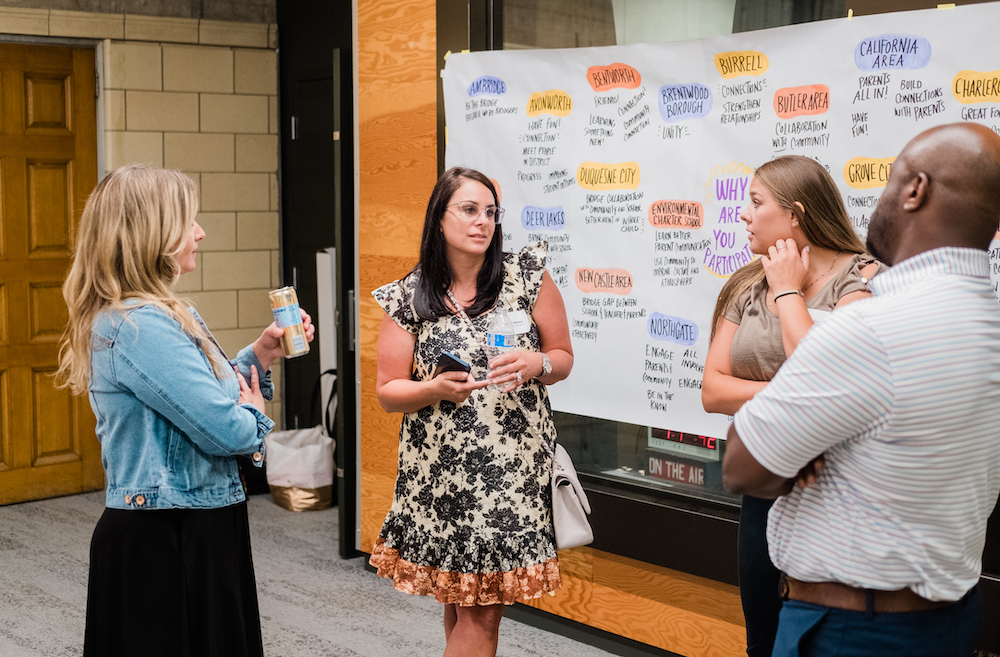
BARRIERS TO CONNECTION, AND ONE POWERFUL SOLUTION
The pandemic opened up some brief windows of communication between teachers and families in many communities. With schools closed, many teachers saw kids’ home environments via video and partnered directly with parents to facilitate some degree of learning. At the same time, parents saw their children doing daily assignments and saw teachers wrangling virtual classrooms over Zoom.
But while those months of disruption may have helped both sides understand each other a bit better, there remains a massive gap in how often – and how well – both sides connect and engage.
Improving engagement is vital, educators say. Learning Heroes found that 86% of teachers and 83% of principals say that family engagement is essential to helping students succeed.
The good news is this: It’s possible to create impactful engagement that would benefit millions of American children who are struggling to learn at grade-level.
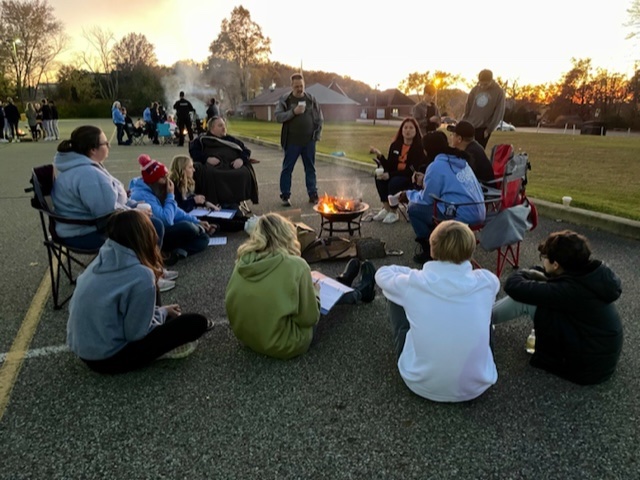
One path forward is creating new methods and opportunities for connection and communication. In western Pennsylvania, 22 school districts are working with the Parents as Allies research initiative to test and implement “hacks” that make real, authentic engagement between families and schools a daily reality.
Among the recent Parents as Allies experiments: Ahead of parent-teacher conferences at Duquesne City School District, teachers sent home personal notes to parents that praised their student for individual accomplishments.
This helped open up communication, which gave parents a chance to express concerns they might have. Some reached out to discuss and advocate for the support they felt their child needed. The school then responded by planning a resource fair during parent-teacher conferences on Nov. 10, while parents will be at the school.
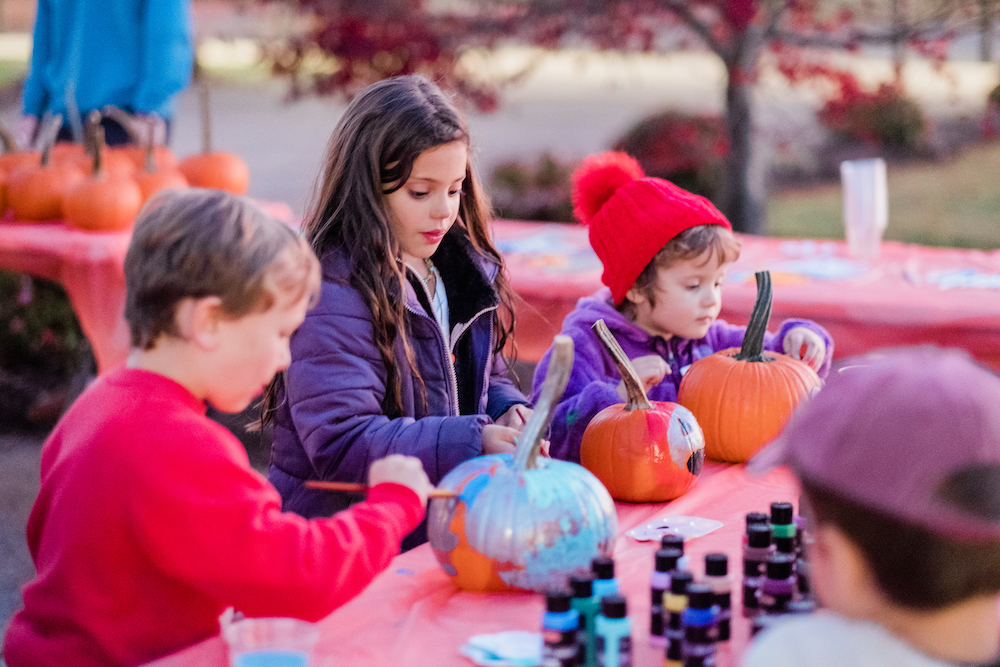
Some schools participating in Parents as Allies are rethinking what “back-to-school night” should look like. Traditionally, these are evenings when teachers feel the pressure to present a perfect image and defensively field questions, and parents are overloaded with a rapid-fire explanation of curriculum for the year and warnings about what’s expected of their children. What if these events became “Meet the Teacher/Meet the Parent night,” when parents and teachers simply formed real personal connections?
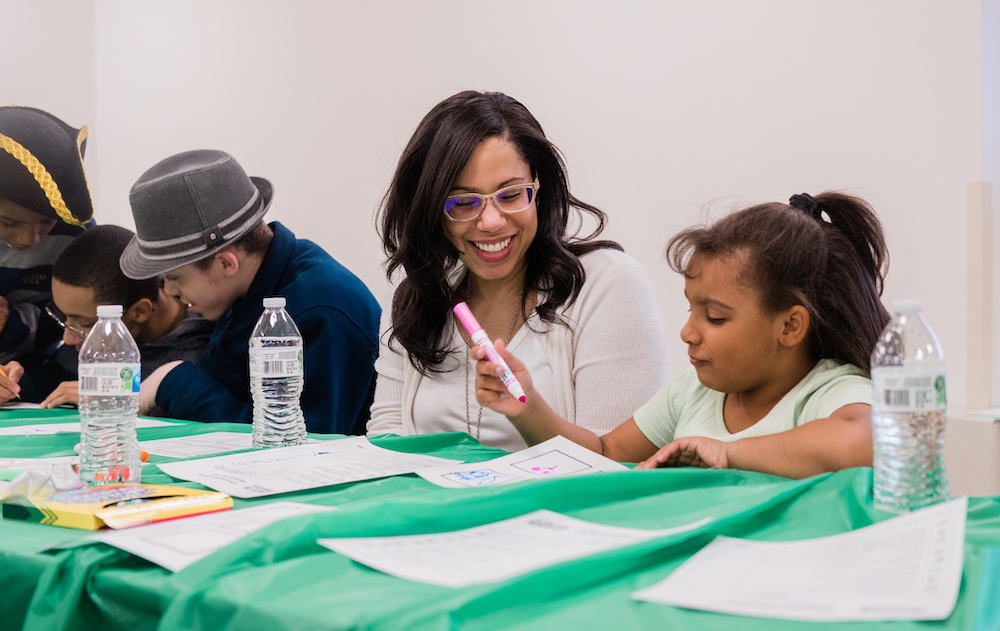
These simple interactions can help to build the most vital element in family-school engagement: Trust.
In Learning Heroes’ research, 91% of teachers and 71% of principals say it will be essential for families and teachers to trust each other to help overcome the pandemic’s impact on learning.
Research shows both sides need to trust and feel trusted for true engagement to happen. Unfortunately, most parent-teacher interactions in schools today are brief and infrequent, and often they are more negative than positive. The result is that even well-meaning efforts can fail because they happen amid a lack of the relational trust both sides need, Bergman says.
“Strategies that don’t focus on trust are doomed to failure. In fact, they don’t just fail but they backfire,” he explains. When a school sends an e-mail inviting parents to a large, impersonal event and many opt not to attend, “the school throws up its hands and says, ‘Well, we tried!’”
Bergman often speaks about this when he works directly with schools participating in Parents as Allies. He shares his research and offers encouragement during virtual “office hours” as teams of parents and educators work together to improve and implement the family engagement hacks they’ve developed.
During these meetings, Bergman often speaks about the importance of one-on-one interactions between parents and teachers, and the importance of making a real human connection and humanizing one another.
He also points out some encouraging news. We know that both sides want true engagement to become the norm: 88% of parents say they are as involved or even more involved in their child’s education as they were in the past. And 83% of teachers say they are putting as much or even more effort into family engagement as they have in the past.
Though much of the recent data on learning may bring cause for concern, the data also shows a commitment to progress. “We do know,” Bergman says, “that parents and teachers want to work together.”
